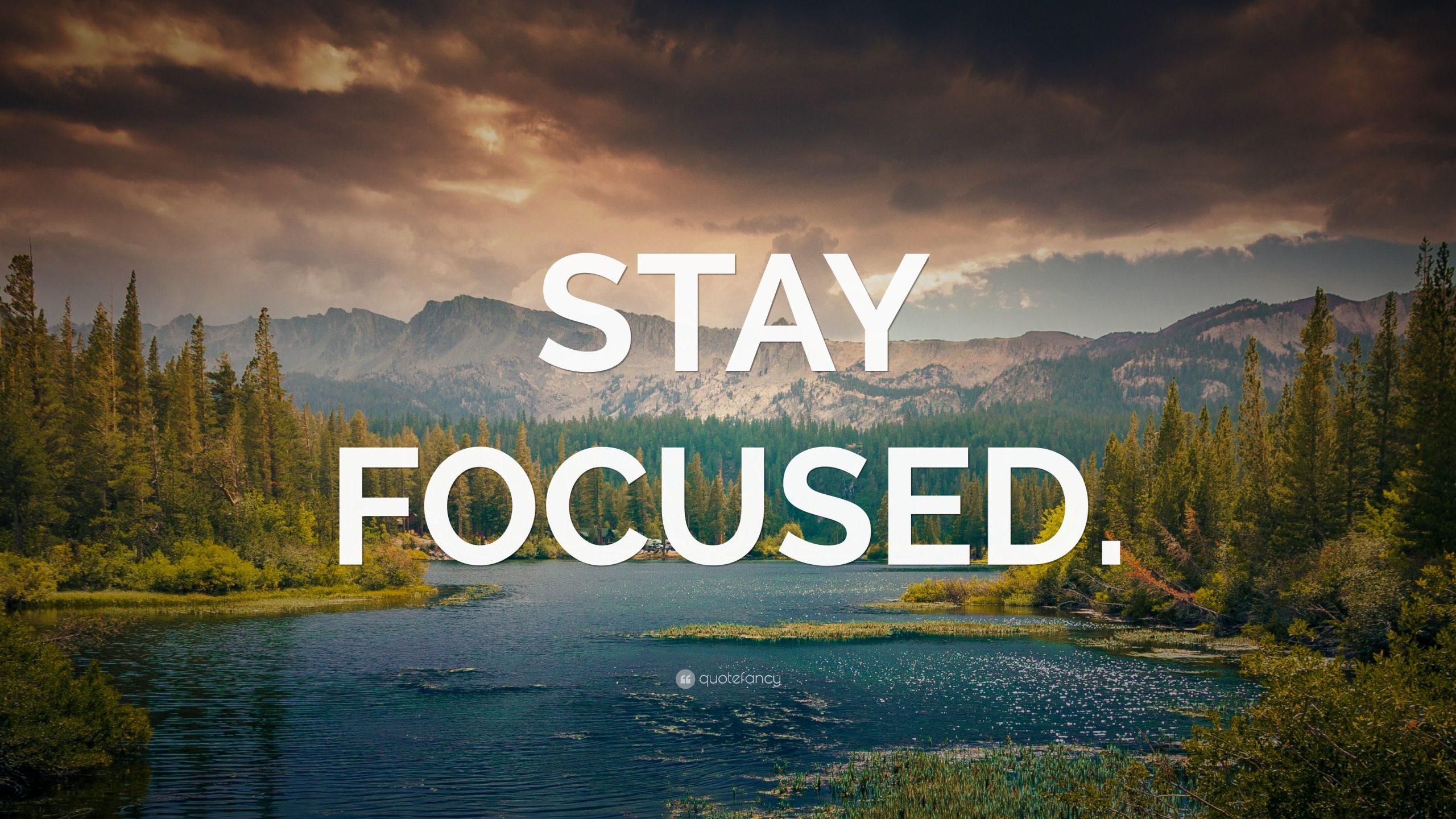
Nestled between the soaring peaks of the Himalayas and the steamy jungles of the Indian plains, Nepal is a country of breathtaking contrasts and profound spirituality. It’s a land where ancient temples stand sentinel over bustling city squares, where prayer flags flutter on high mountain passes, and where the welcome is as warm as a cup of sweet milk tea. For travelers, the question isn’t if they should visit, but where they should stay to best experience its multifaceted charm.
Choosing your base in Nepal is paramount, as it shapes your entire journey. Will you wake to the cacophony of Kathmandu’s ancient streets, the serene reflection of the Annapurnas on Phewa Lake, or the distant call of a rhinoceros in the wild? This comprehensive guide will navigate you through Nepal’s top destinations, diverse accommodation options, and essential travel wisdom to help you find your perfect home away from home in the heart of the Himalayas.
A Glimpse into Nepal’s Rich Tapestry: History and Culture

Related Articles about The Ultimate Guide to Where to Stay in Nepal: From Himalayan Peaks to Jungle Plains:
- Discover the Land of the Long White Cloud: Your Guide to New Zealand’s Best Hotels and Beyond
- Osaka: A Culinary Capital and Cultural Kaleidoscope
- Samoa: Navigating the Heart of Polynesia – An Unforgettable Journey
- Seoul’s Crown Jewels: A Guide to the City’s Finest Hotels and Unforgettable Experiences
- Hollywood Glamour and Pacific Dreams: A Guide to the Top Attractions of Los Angeles
To understand where to stay, one must first appreciate the historical currents that have shaped Nepal. The Kathmandu Valley, the nation’s cradle of civilization, was ruled for centuries by the Newar Malla kings, who were prolific patrons of art and architecture. Their legacy is etched into the magnificent Durbar Squares of Kathmandu, Patan, and Bhaktapur—UNESCO World Heritage sites that are living museums of intricate woodwork, pagoda-style temples, and stone sculptures.
In the 18th century, Prithvi Narayan Shah of the Gorkha kingdom unified the disparate principalities, laying the foundation for modern Nepal. The country remained a secluded Hindu kingdom for much of its history, a fact that helped preserve its unique cultural identity. This identity is a harmonious blend of Hinduism and Buddhism, where deities from both pantheons are often worshipped side-by-side. This syncretism is palpable everywhere, from the great stupas of Boudhanath and Swayambhunath, where Buddhist mantras fill the air, to the sacred Hindu temple of Pashupatinath on the banks of the Bagmati River. This rich history isn’t just in museums; it’s in the very fabric of the places you will stay.
The Best Time to Visit Nepal
Timing is everything in a country governed by monsoons and mountains.
- Autumn (September to November): This is the peak season, and for good reason. The monsoon has washed the dust from the air, revealing crystal-clear skies and staggering mountain vistas. The weather is dry and pleasant, making it the absolute best time for trekking and general sightseeing.
- Spring (March to May): The second-best season. The weather is warmer, and the hillsides burst into color with blooming rhododendrons, Nepal’s national flower. It’s excellent for trekking, though a slight haze can sometimes obscure the most distant mountain views.
- Winter (December to February): The skies are often clear, but it can be very cold, especially at high altitudes. This is a great time for cultural tours in the lower valleys and for lower-altitude treks if you’re prepared for chilly nights.
- Monsoon (June to August): The summer months bring heavy rains, landslides, and leeches on the trails. Trekking is generally not advised, with the exception of "rain shadow" regions like Upper Mustang and Dolpo. However, the landscape is incredibly lush and green, and it’s a good time for cultural immersion with fewer tourists.

Where to Stay: A Region-by-Region Guide
Your choice of location will define your Nepalese adventure. Here are the primary hubs for travelers, each offering a distinct experience.
1. Kathmandu: The Cultural Heartbeat
As the nation’s capital, Kathmandu is an intense, intoxicating blend of the ancient and the modern. It’s the gateway for most international travelers and the essential starting point for understanding Nepal’s soul.
- Why Stay Here: For unparalleled access to historical sites, vibrant markets, and a dizzying array of restaurants and shops. It’s the cultural and commercial epicenter of Nepal.
- Top Attractions:
- Swayambhunath Stupa (Monkey Temple): Perched on a hilltop, offering panoramic views of the valley.
- Boudhanath Stupa: One of the largest stupas in the world, the center of Tibetan Buddhism in Nepal.
- Pashupatinath Temple: The country’s most sacred Hindu temple, with open-air cremation ghats.
- The Durbar Squares: The historic royal palaces and temple complexes of Kathmandu, Patan, and Bhaktapur.
- Where to Stay in the Valley:
- Thamel: The quintessential tourist ghetto. It’s a labyrinth of narrow streets packed with hotels, trekking gear shops, bars, and restaurants. Ideal for backpackers, first-time visitors, and those who want to be in the heart of the action.
- Boudha: Centered around the magnificent Boudhanath Stupa, this area offers a more tranquil, spiritual atmosphere. It’s perfect for those seeking peace, with many guesthouses and hotels offering stupa views and a Tibetan cultural vibe.
- Patan (Lalitpur): Known as the "City of Fine Arts," Patan is slightly less chaotic than Kathmandu. Staying here, especially in a restored Newari heritage hotel near Patan Durbar Square, offers a more authentic and artistic experience.
2. Pokhara: The Lakeside Paradise
If Kathmandu is the cultural heart, Pokhara is the soul. A six-hour drive or 25-minute flight west of the capital, this city is a tranquil haven set on the shores of the serene Phewa Lake, with the majestic Annapurna mountain range serving as a constant, breathtaking backdrop.
- Why Stay Here: For adventure sports, relaxation, and arguably the best mountain views accessible from a major city. It’s the starting point for the famous Annapurna treks.
- Top Attractions:
- Phewa Lake: Go boating, visit the Tal Barahi Temple on its island, and enjoy the reflections of the mountains.
- Sarangkot: A nearby hilltop famous for its spectacular sunrise and sunset views over the Annapurnas and Dhaulagiri.
- World Peace Pagoda: A gleaming white stupa offering panoramic views of the lake, the city, and the Himalayas.
- Adventure Activities: Paragliding, zip-lining, ultra-light flights, and trekking.
- Where to Stay in Pokhara:
- Lakeside: This is the main tourist strip running along Phewa Lake. It’s lined with a huge variety of hotels, guesthouses, restaurants, and shops, catering to every budget.
- Damside or Pame: For a quieter experience, consider staying slightly away from the main Lakeside hub. These areas offer more tranquility while still providing stunning views and easy access to the city’s amenities.
3. Chitwan National Park: The Call of the Wild
In the southern Terai plains lies a different Nepal—a world of lush jungles, grasslands, and exotic wildlife. Chitwan National Park, a UNESCO World Heritage site, is one of the best places in Asia to see the one-horned rhinoceros.
- Why Stay Here: For an unforgettable wildlife safari experience, cultural immersion with the local Tharu people, and a dramatic change of scenery from the mountains.
- Top Attractions:
- Jungle Safari: Explore the park by jeep, canoe, or on a guided jungle walk to spot rhinos, deer, monkeys, crocodiles, and a vast array of birdlife. If you’re extremely lucky, you might even see a Royal Bengal tiger or a sloth bear.
- Canoeing on the Rapti River: A peaceful way to see crocodiles and water birds.
- Tharu Cultural Programs: Witness traditional stick dances and learn about the unique culture of the indigenous Tharu community.
- Where to Stay in Chitwan:
- Sauraha: The main town bordering the park, offering a wide range of accommodation from budget guesthouses to comfortable mid-range hotels and resorts.
- Meghauli & Kasara: For a more exclusive and luxurious experience, head to the western side of the park. Here you’ll find high-end jungle lodges that offer a more secluded and immersive wildlife experience.
4. On the Trekking Trails: Mountain Lodges & Teahouses
For many, the ultimate Nepalese experience is found on its world-famous trekking trails. Accommodation here is a unique part of the adventure itself.
- Why Stay Here: To immerse yourself in the raw, majestic beauty of the Himalayas, challenge yourself physically, and connect with mountain communities.
- Accommodation Vibe: The term "teahouse" refers to the network of small, family-run lodges that line the popular trekking routes like the Everest Base Camp and Annapurna Circuit treks.
- Lower Altitudes: Teahouses are often surprisingly comfortable, with private rooms, attached bathrooms, hot showers (for a fee), and extensive food menus.
- Higher Altitudes: As you ascend, accommodation becomes more basic. Expect shared squat toilets, simple rooms (often just two wooden beds), and a communal dining room heated by a pot-bellied stove. This room becomes the social heart of the lodge, where trekkers from around the world share stories over dal bhat (the national dish of rice and lentils).
Types of Accommodation in Nepal
Nepal’s lodging landscape is as diverse as its geography.
- Guesthouses & Homestays: Often family-run, these offer a wonderfully authentic and budget-friendly way to experience Nepali hospitality. They are common in both cities and rural areas.
- Budget & Mid-Range Hotels: The backbone of the tourist industry in Thamel and Lakeside. They provide standard amenities like Wi-Fi, hot water, and private bathrooms at a reasonable price.
- Boutique & Heritage Hotels: A growing trend, especially in the Kathmandu Valley. These are beautifully restored traditional buildings (often old Newari mansions) that offer a unique blend of historical character and modern comfort.
- Luxury Hotels & Resorts: International chains like Marriott and Hyatt have a presence in Kathmandu, offering five-star luxury. You’ll also find high-end domestic resorts in Pokhara and stunningly luxurious safari lodges in Chitwan.
- Teahouses/Trekking Lodges: The essential accommodation for anyone heading into the mountains, ranging from basic to surprisingly comfortable.
Getting Around: Navigating Nepal’s Terrain
- By Air: For long distances, domestic flights are a lifesaver. Flights between Kathmandu, Pokhara, and Bharatpur (for Chitwan) are common. The flight to Lukla, the gateway to the Everest region, is a thrilling (and notorious) experience in itself.
- By Road:
- Tourist Buses: The most popular option for traveling between major cities. They are more comfortable and safer than local buses and are very affordable.
- Private Car/Jeep: The most comfortable and flexible option, allowing you to stop wherever you like. It’s also the most expensive but can be worthwhile for groups.
- Local Buses: An authentic, chaotic, and incredibly cheap experience. Not for the faint of heart, but a true immersion into local life.
- Within Cities: Taxis are plentiful (always agree on a price beforehand or insist on the meter), and ride-sharing apps like Pathao and InDriver are increasingly popular and convenient in Kathmandu and Pokhara.
Essential Travel Tips
- Visa: Visa on arrival is available for citizens of most countries at Tribhuvan International Airport in Kathmandu.
- Currency: The Nepalese Rupee (NPR). ATMs are widely available in cities, but carry enough cash when trekking, as ATMs are scarce in the mountains.
- Health & Safety: Drink only bottled or purified water. Be aware of altitude sickness (Acute Mountain Sickness) when trekking; ascend slowly. Always have comprehensive travel insurance that covers high-altitude trekking and helicopter evacuation.
- Culture & Etiquette: "Namaste" (placing your palms together) is the universal greeting. Dress modestly, especially when visiting religious sites. Always use your right hand to give and receive items.
Conclusion
Nepal offers a place to stay for every type of traveler and every kind of dream. It is a country that caters as much to the budget backpacker sleeping in a Thamel dorm as it does to the luxury traveler in a restored palace in Patan. Whether your ideal morning involves sipping coffee while gazing at Machapuchare, meditating to the sound of chanting monks in Boudha, or listening for the rustle of a tiger in the jungle, you will find it here. The true magic of Nepal lies not just in its epic landscapes but in its people and the homes they open to you. Choose your base wisely, and you will unlock an adventure that stays with you long after you’ve left the shadow of the Himalayas.





